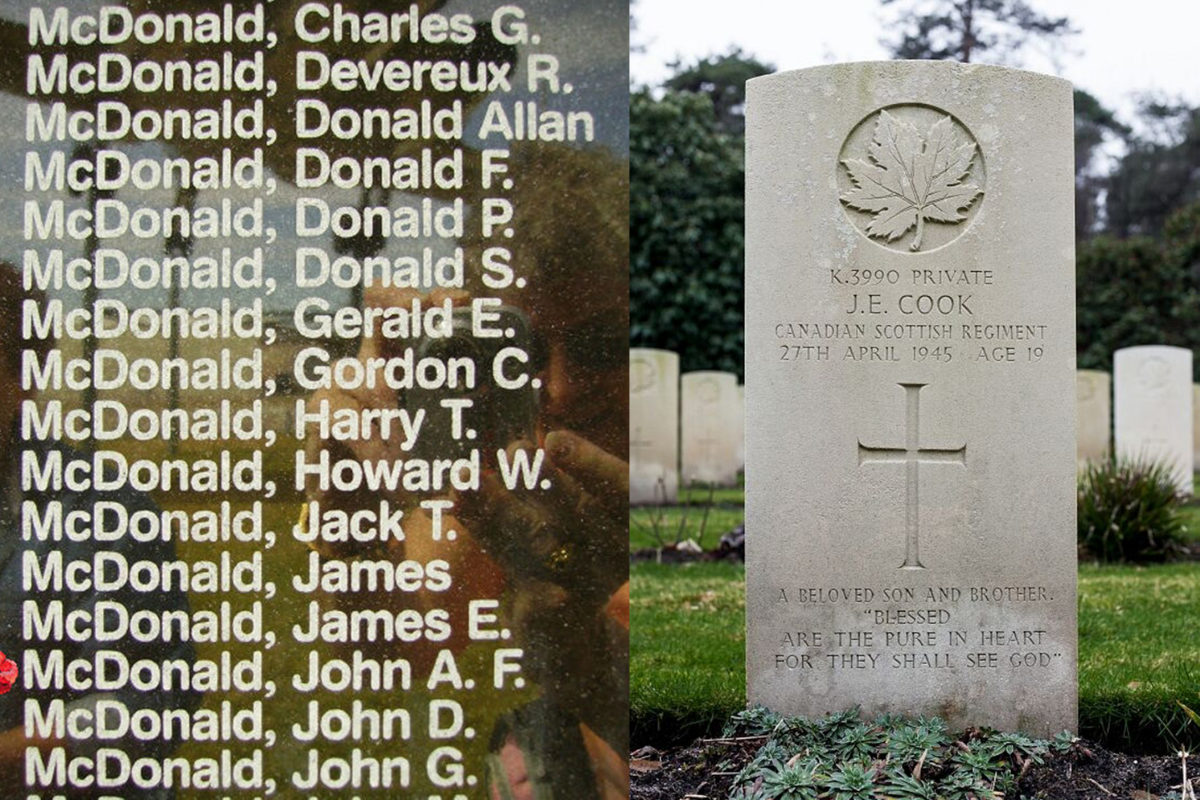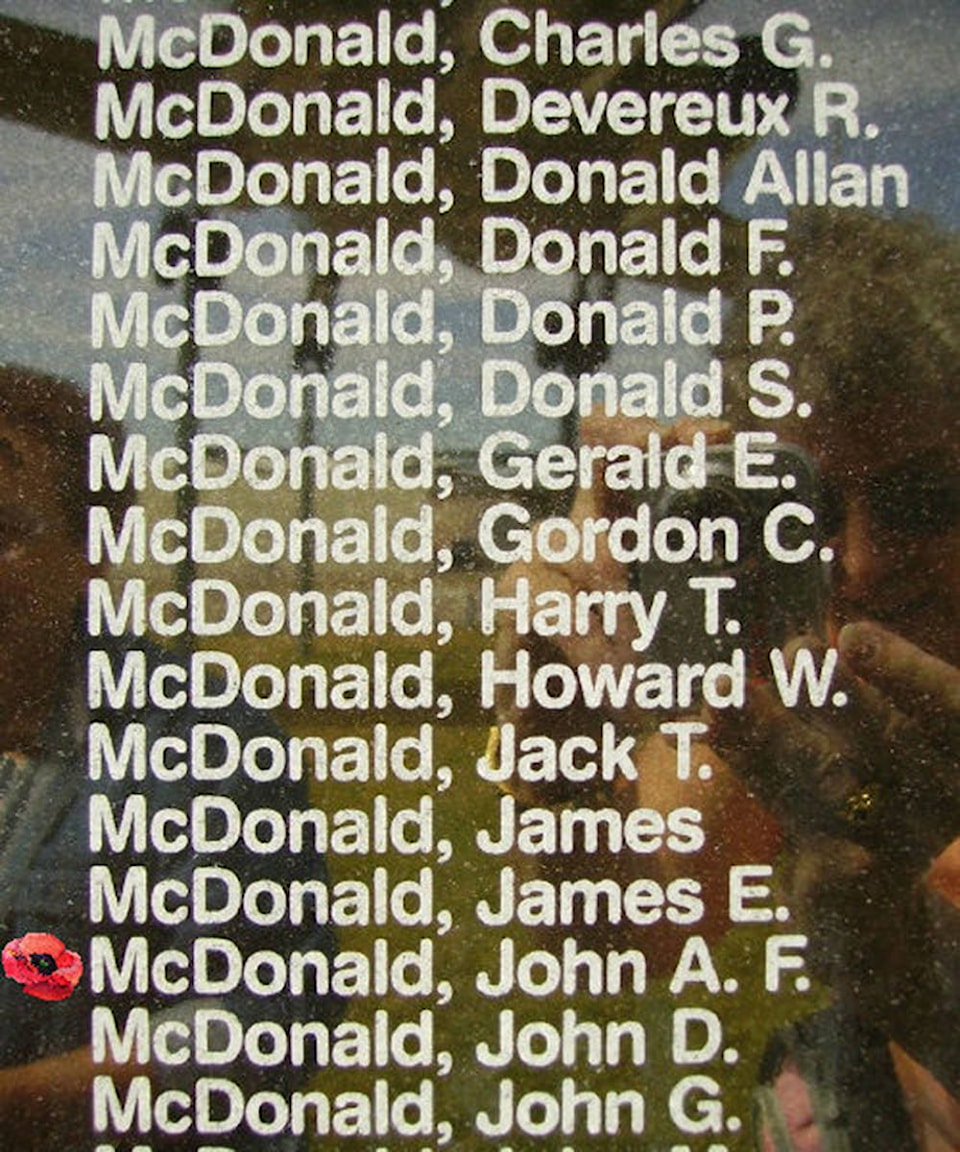Though neither the Grand Forks nor Greenwood Legions will have any formal memorial for 75th anniversary of the day Canadian troops stormed Juno Beach on the northwest coast of France, throwing themselves at the heavy bullet fire raining down from German gun posts, the day is still remembered by those in charge.
“We must remember,” insisted Grand Forks Legion president Everett Baker. “If we do not, the sacrifice of those Canadian lives will be meaningless.”
Baker, who joined the Sea Cadets in his youth in Nova Scotia with a plan to join the Navy as a military chaplain, said of D-Day that “it was an exceptionally difficult and hazardous military operation,” and noted the June 1944 operation proved to be one of Canada’s major defining moments in the war.
“For these reasons and more,” said Baker, “it’s important to keep the memory of D-Day.”
What many people who talk about the Second World War and D-Day say, reflecting on the importance of the events, is that is it not just important to remember the name, but also the reasons why soldiers volunteered to run against gun fire in a country so far from home.
“It was fought over issues that are still alive today,” Baker explained, “such as ideologies of nationalism and injustice.
“When I think of my own experience of when I was kid, there were First World War veterans still living,” he said. “Now they’re all gone. It won’t be much longer before the living memory of the Second World War has also passed.”
Many local soldiers who did serve never saw the Kettle River again.
Grand Forks lost two sons within the span of three days in December 1943. First, Flying Officer Robert Morrison McCabe, 23, was killed near Hannover in Germany on Dec. 20. Three days later, during the Battle of Ortona in Italy, Lance Cpl. George Lynn McParlon, died at 31.
It would be another eight months before Rifleman Harry Herbert Euerby died in France after D-Day on Sept. 6.
Tracking the burial grounds for Grand Forks’ Second World War soldiers also tracks the Allied advance to Berlin. Flying Officer John Alexander Francis McDonald died inside German borders, near the city of Wesel in the northwest of the country, on Feb. 3, 1945.
Hardly any closer to the capital, but with just days remaining until VE Day would be celebrated in early May, the Second World War claimed a final life from Grand Forks. Private John Edward Cook, hardly old enough to remember the beginning of the Great Depression, was killed in battle on April 27, 1945 at the age of 19.
These soldiers, said Baker, “believed their actions in the present would make a significant difference for the future, but it is up to us to ensure their dream of peace is realized.”
As part of that dream of peace and belief in justice, the Grand Forks Legion sees itself as a partner in supporting its own community, members and the region it serves. Last year, it hosted a salmon barbecue in support of those flooded out of homes and businesses. This Canada Day, they are hosting another barbecue as part of their Legion Week celebrations.

